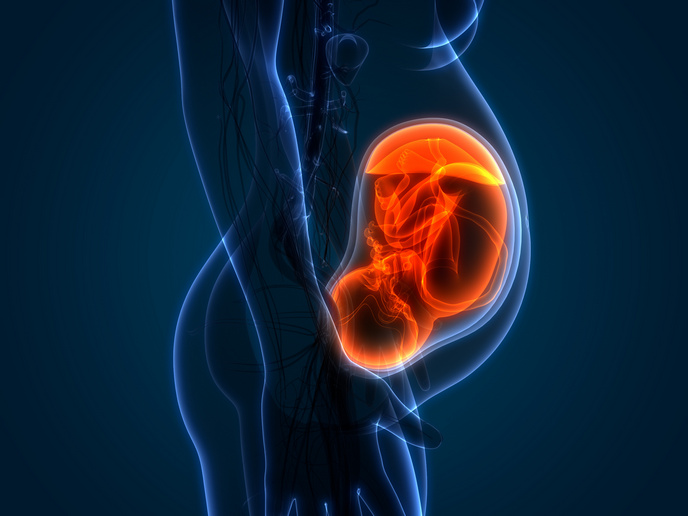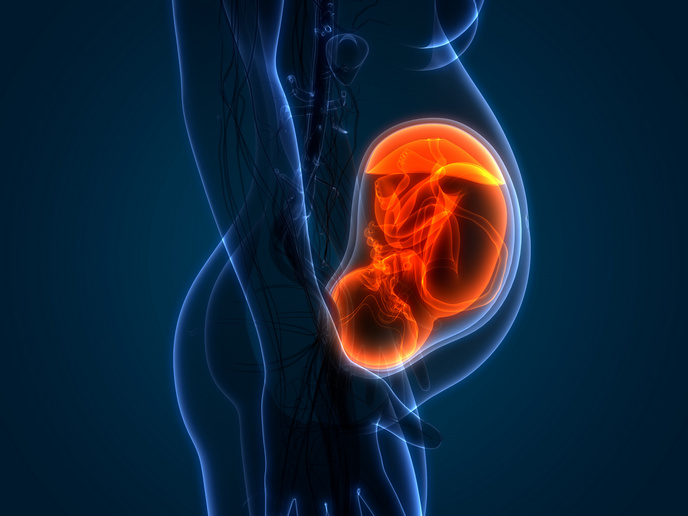Generating immunity against influenza
The pandemic of the H1N1 influenza virus strain demonstrated its potential as a threat to human health. Vaccination is effective only against a particular seasonal viral strain by generating neutralising antibodies specific to the virus variant. To overcome the limitations of traditional vaccines, scientists initiated the EU-funded 'Defense mechanisms of innate immunity against influenza virus' (INIMIN) project. Researchers proposed to shed light on the mechanisms that lead to the initiation of the protective response induced by an influenza vaccine. They focused on the lymph node, where the protective response commences, and used innovative microscopy techniques and flow cytometry to study individual cell populations. INIMIN identified specialised cell types called subcapsular sinus macrophages, which captured inactivated influenza virus and helped to prevent the spread of virus in the body. However, the cells responsible for the transport of influenza virus in the lymph node were a group of lymph node resident dendritic cells. These cells were shown to capture the virus through a SIGN-R1 receptor and promote the production of specific antiviral antibodies. These important findings shed new light on the mechanism of antigen presentation and generation of humoral immunity through vaccination. At the same time, translation of this information into therapies could improve our ability to respond to the vaccine, thereby maximising its efficacy.







